How to Protect a TV from Humidity
Method 1 of 2:
Protecting Your Outdoor TV
-
 Place the TV somewhere it will be safe from sunlight. Direct sunlight evaporates water faster, which creates more humidity in the air. Keep your TV shaded to reduce how much humidity forms on the screen.[1]
Place the TV somewhere it will be safe from sunlight. Direct sunlight evaporates water faster, which creates more humidity in the air. Keep your TV shaded to reduce how much humidity forms on the screen.[1]- Keeping your TV in the shade will also reduce the glare on the screen, making it easier to watch.
-
 Install a waterproof case over your outdoor TV. These covers will protect your TV from humidity, moisture, and allergens, all of which can get inside your TV and cause problems. Look for a case made out of ABS plastic or an aluminum mixture. Shop for an outdoor waterproof TV cover online or visit your local electronics store.[2]
Install a waterproof case over your outdoor TV. These covers will protect your TV from humidity, moisture, and allergens, all of which can get inside your TV and cause problems. Look for a case made out of ABS plastic or an aluminum mixture. Shop for an outdoor waterproof TV cover online or visit your local electronics store.[2]- Make sure to measure your TV to ensure the cover you get is the right size.
- Ideally, you want a case or shield that can be kept on your TV at all times. Some covers are meant to be used just when the TV isn't on, which means you would have to remove it and put it back on yourself often.
- The TV Shield is a highly reviewed company that makes protective cases. A1Cover, Clicks Outdoor, and Storm Shell are also companies that make similar products.
-
 Reduce humidity around the TV with a portable evaporative cooler. Look for a cooler made specifically for outdoor use for the best results. Plug it in near your TV and run it when the humidity level is over 50%. If you aren't sure of how to tell the humidity level, try one of these different methods:[3]
Reduce humidity around the TV with a portable evaporative cooler. Look for a cooler made specifically for outdoor use for the best results. Plug it in near your TV and run it when the humidity level is over 50%. If you aren't sure of how to tell the humidity level, try one of these different methods:[3]- Observe the TV screen. If condensation is forming, there's a good chance that the humidity level is high.
- Pay attention to how you feel. If your skin feels sticky and the air around you feels thick, you're most likely dealing with high humidity.
- Create a wet/dry thermometer with 2 thermometers, cotton gauze, rubber bands, and water to get a reading after 2-3 hours.
- Purchase an outdoor hygrometer for fast and exact readings.
-
 Invest in a weatherproof TV to protect your TV all year long. If it's in your budget, consider purchasing a TV made specifically to be used outdoors. These TVs come with extra protection already built-in to protect against excess moisture.[4]
Invest in a weatherproof TV to protect your TV all year long. If it's in your budget, consider purchasing a TV made specifically to be used outdoors. These TVs come with extra protection already built-in to protect against excess moisture.[4]- Indoor TVs can be used outdoors, but keep in mind that they'll wear out sooner if they aren't covered with a waterproof case. Even then, they won't last as long as an outdoor TV would.
Method 2 of 2:
Reducing Humidity Indoors
-
 Pay attention to signs of excess humidity to help protect your TV. Look for foggy windows and condensation on the TV and check to see if the air feels heavy and moist. If your home is prone to mold or mildew, chances are there is excessive moisture in the air. When you notice these signs, take steps to reduce humidity and keep your TV running better for longer.[5]
Pay attention to signs of excess humidity to help protect your TV. Look for foggy windows and condensation on the TV and check to see if the air feels heavy and moist. If your home is prone to mold or mildew, chances are there is excessive moisture in the air. When you notice these signs, take steps to reduce humidity and keep your TV running better for longer.[5]- If you are interested in knowing the exact humidity level, get a hygrometer or make one yourself at home.
-
 Run a dehumidifier in your TV room to reduce excess moisture. You can buy a single-room dehumidifier online or at a local home improvement store. If you live in a humid climate or often experience high humidity, you may want to consider installing a whole-home dehumidifier.[6]
Run a dehumidifier in your TV room to reduce excess moisture. You can buy a single-room dehumidifier online or at a local home improvement store. If you live in a humid climate or often experience high humidity, you may want to consider installing a whole-home dehumidifier.[6]- Some dehumidifiers even have adjustable stats that allow you to program the machine to turn on or off depending on the current humidity level.
- Most dehumidifiers need to be emptied regularly, so make sure to check the water basin every few days.
-
 Wipe down your TV with a lint-free cloth to absorb excess moisture. If you notice condensation forming on your TV screen, wipe it away so it's less likely to work its way inside the TV. Use a lint-free cloth so fibers don't cling to your screen.[7]
Wipe down your TV with a lint-free cloth to absorb excess moisture. If you notice condensation forming on your TV screen, wipe it away so it's less likely to work its way inside the TV. Use a lint-free cloth so fibers don't cling to your screen.[7]- In the moment, this can help so that the picture on the screen isn't altered.
-
 Put moisture-absorbing plants around your TV room. Look for peace lilies, reed palms, English ivy, Boston ferns, and tillandsia. These plants can help control the humidity in a room, though they won't be able to combat an excessive problem. Try getting 1 or 2 plants to start and add more if you feel they're helping the problem.[8]
Put moisture-absorbing plants around your TV room. Look for peace lilies, reed palms, English ivy, Boston ferns, and tillandsia. These plants can help control the humidity in a room, though they won't be able to combat an excessive problem. Try getting 1 or 2 plants to start and add more if you feel they're helping the problem.[8]- If you're running low on floor space, consider using a hanging planter.
- Keep in mind that these plants need a lot of moisture to thrive. If you live in an area that also experiences very dry weather during certain seasons, make sure to give them extra water and mist their leaves every 2-3 days.
-
 Turn on the exhaust fans when you cook or take a shower. Even if your TV isn't in your kitchen or bathroom, the excess humidity can travel out of the room and affect other areas of your home. Running the exhaust fan helps filter out some of that humid air so it doesn't fog up your mirrors or TV or make the air as heavy.[9]
Turn on the exhaust fans when you cook or take a shower. Even if your TV isn't in your kitchen or bathroom, the excess humidity can travel out of the room and affect other areas of your home. Running the exhaust fan helps filter out some of that humid air so it doesn't fog up your mirrors or TV or make the air as heavy.[9]- If you don't have exhaust fans, try running a ceiling fan or a standing fan to keep the air moving. Crack a window and point the fan in that direction if possible to remove as much moisture-filled air as possible.
- Taking shorter, cooler showers can also help reduce the humidity in your home.
4.7 ★ | 3 Vote
You should read it
May be interested
- Protect smartphones from 'freezing dead'
 not only does the living entity need to be protected from the cold, but even the 'pet crickets' need to be taken care of like anyone. your phone may be designed to even withstand water, but few have noticed that the cold can also 'erode' electronic devices.
not only does the living entity need to be protected from the cold, but even the 'pet crickets' need to be taken care of like anyone. your phone may be designed to even withstand water, but few have noticed that the cold can also 'erode' electronic devices. - Besides Covid - 19, it should not be subjective to other pathogenic viruses
 according to experts, the time of the season when the temperature difference between day and night is large, high humidity is a favorable condition for molds, bacteria, viruses, viruses and insects to develop.
according to experts, the time of the season when the temperature difference between day and night is large, high humidity is a favorable condition for molds, bacteria, viruses, viruses and insects to develop. - 8 ways to protect simple digital personal information
 users can protect themselves by not saving the browsing information in the browser, always set a password for your mobile devices to prevent unnecessary instances of typing or activate the password feature. floor for some internet services.
users can protect themselves by not saving the browsing information in the browser, always set a password for your mobile devices to prevent unnecessary instances of typing or activate the password feature. floor for some internet services. - 7 ways to protect your web browser from network attacks
 use these tips to protect your web browser from attackers, whether they use adware or malicious websites.
use these tips to protect your web browser from attackers, whether they use adware or malicious websites. - How to Password Protect a Website
 today's tipsmake will show you how to protect your website with a username and password. the steps to password protect a website will vary depending on where the website is hosted. if you write code on the server or upload files from your computer, you can set a password for your website using the .htaccess file. with a website builder like squarespace or wix, you can set up passwords for each area of your site through the admin console. if you use a more advanced hosting solution that allows user accounts, contact your current web host for instructions.
today's tipsmake will show you how to protect your website with a username and password. the steps to password protect a website will vary depending on where the website is hosted. if you write code on the server or upload files from your computer, you can set a password for your website using the .htaccess file. with a website builder like squarespace or wix, you can set up passwords for each area of your site through the admin console. if you use a more advanced hosting solution that allows user accounts, contact your current web host for instructions. - How to Password Protect Folders
 neither windows nor mac os x natively support inserting passwords into your folders. however, there are still many ways to protect files. please follow the instructions below.
neither windows nor mac os x natively support inserting passwords into your folders. however, there are still many ways to protect files. please follow the instructions below. - How to protect yourself from unethical or illegal espionage
 there are a number of tools that will help you find hidden applications and spyware on computers, smartphones or other devices. this is how to protect yourself from being followed.
there are a number of tools that will help you find hidden applications and spyware on computers, smartphones or other devices. this is how to protect yourself from being followed. - How to protect OneDrive sharing links
 when we share many files via onedrive, managing files is essential. here is a guide to customize onedrive link protection.
when we share many files via onedrive, managing files is essential. here is a guide to customize onedrive link protection. - Laptop withstands heat and humidity
 the second computer manufacturers in the world constantly race to produce cheap laptops. motion computing alone persists in high-end models with the newly launched f5 tablet product.
the second computer manufacturers in the world constantly race to produce cheap laptops. motion computing alone persists in high-end models with the newly launched f5 tablet product. - How to set password to protect files on Windows 10
 want to protect your data on windows 10? bitlocker, winrar, 7-zip and onedrive are useful tools. in this article, tipsmake will guide you how to set a password to protect your files most securely.
want to protect your data on windows 10? bitlocker, winrar, 7-zip and onedrive are useful tools. in this article, tipsmake will guide you how to set a password to protect your files most securely.
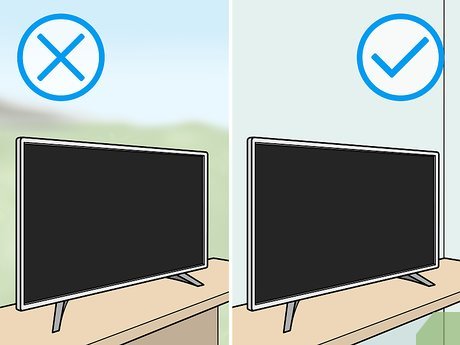
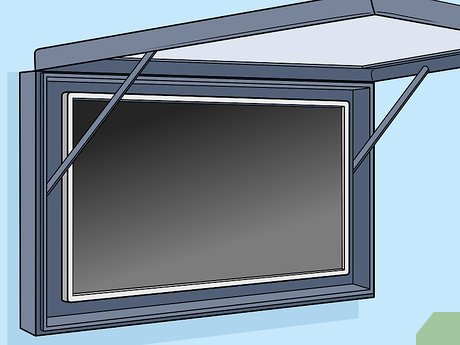
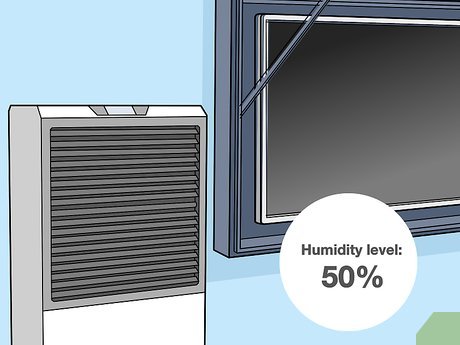
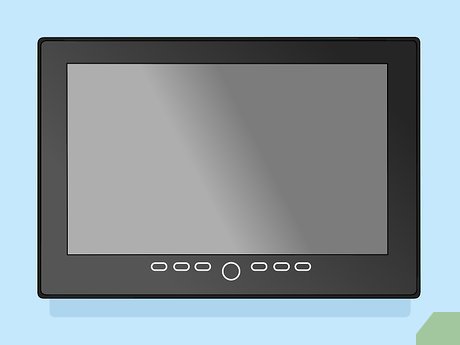
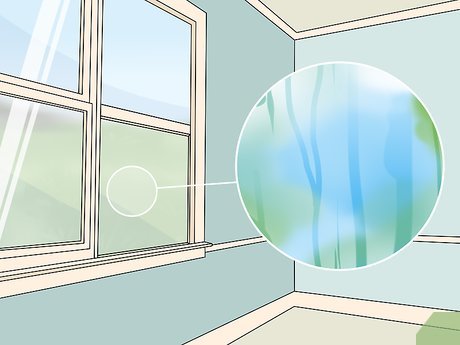
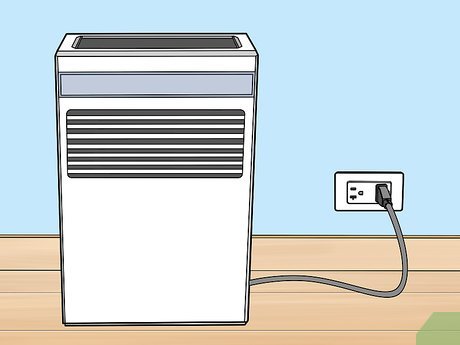
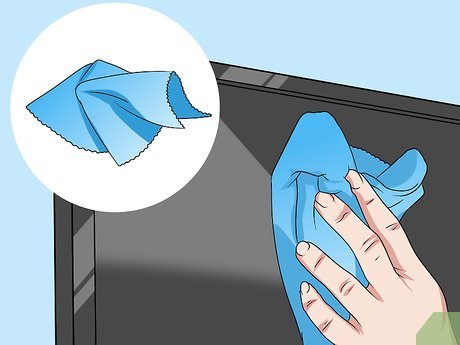
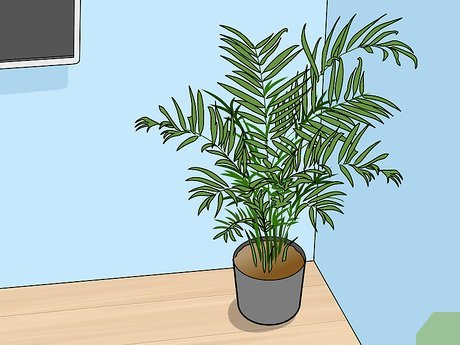
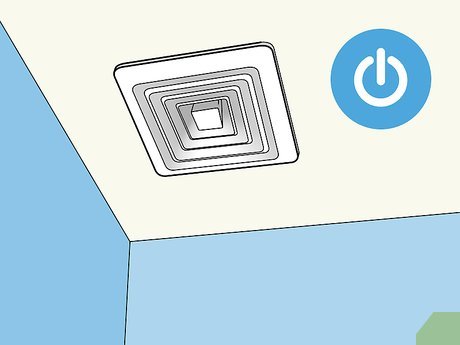










 How to Use Ferrite Beads
How to Use Ferrite Beads How to Be Prepared for Common Technology Problems
How to Be Prepared for Common Technology Problems How to Learn Electronics Repair
How to Learn Electronics Repair How to Repair Galvanized Coatings
How to Repair Galvanized Coatings How to Enable Automatic Updates
How to Enable Automatic Updates How to Uninstall a Program
How to Uninstall a Program